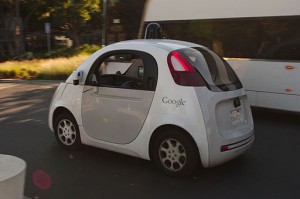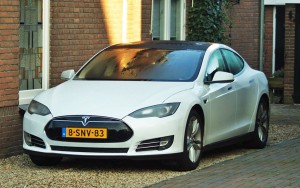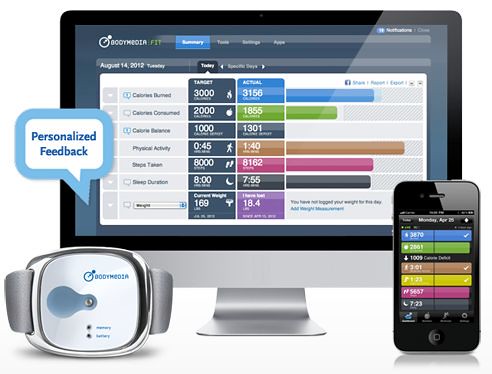It’s common understanding that maintaining adequate levels of essential vitamins and minerals is crucial for good health. For this reason, it comes to no surprise that the popularity of multivitamins has surged over the past few decades and that they are now the most commonly used dietary supplement in the world. At the same time, there has been growing attention at the potential role these multivitamins may or may not play in improving overall health.
Image Courtesy of: Flikr Commons
Like many others, I was under the notion that consuming 1-2 multivitamins a day would help satisfy any shortcomings of important nutrients my body may be lacking. “It’s reassuringly simple!” I would tell myself. ” Consume a pill and instantly have your bad diet turn into a healthy one.” Now if only that was the case…
As I look online, it’s evident that over the past few years, there have been several debates amongst scientists over the effectiveness of multivitamins.
Do the promised claims on labels such as increased energy, increased cognitive functions and increased illness recovery hold any merit? One interesting find I came across was that dietary supplements such as multivitamins are not regulated by the FDA. This means that certain claims can be misleading since companies can imply that their products have greater capabilities than what the actual scientific evidence shows.
Recent studies have also even claimed that multivitamins may even be harmful. In particular, an editorial that appeared in the Annals of External Medicine, “Enough is Enough: Stop Wasting Money on Vitamin and Mineral Supplements“, made widespread coverage in the news media. The authors behind this research concluded with a bold statement, ““[W]e believe that the case is closed- supplementing the diet of well-nourished adults with (most) mineral or vitamin supplements has no clear benefit.” However, many scientists are arguing that the case is far from closed and that these studies completely disregarded their unique patient samples, none of which had nutritional deficiencies.
So what is the real answer? Just how effective are these pills of nutritional insurance to our overall health?
I think the best response to this question is that it is “short-sighted to think your vitamin or mineral is the ticket to good health- the big power is on the plate, not the pill”, as stated by Roberta Anding, a spokesperson for the American Dietetic Association.
So, unless you’ve discussed vitamin supplementation with your doctor, the majority of us are better off investing our time and money into acquiring nutrients the way nature intended, with a well balanced diet.
Check out this video below for another interesting take on the effectiveness of supplemental vitamins!

YouTube video courtesy of: BrainStuff- HowStuffWorks
Thanks for reading!
Posted by: Sahil Mann
















